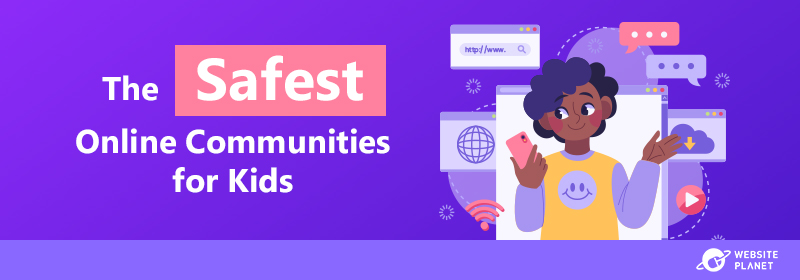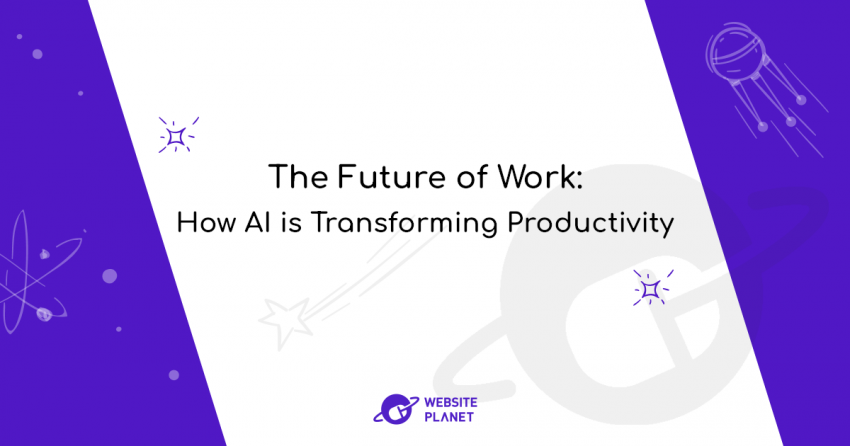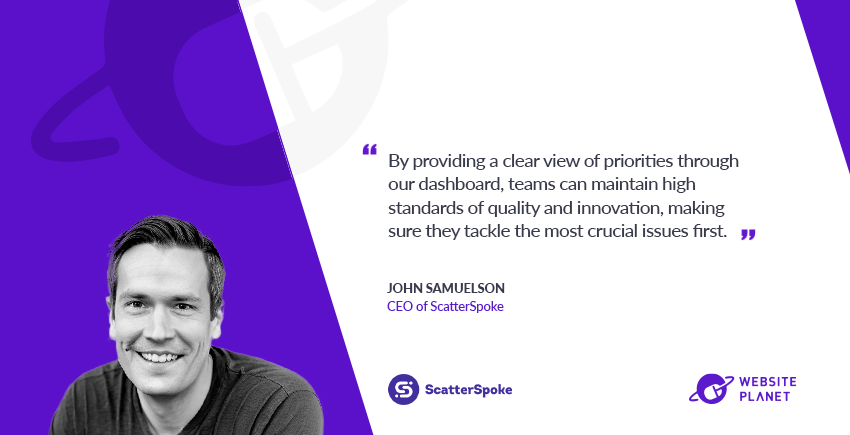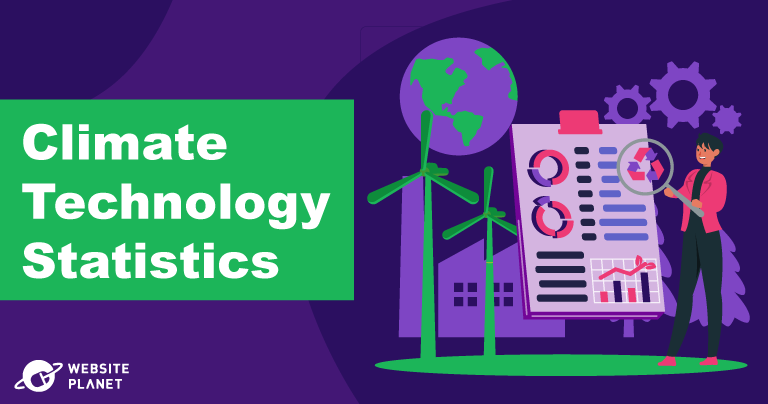They told you that AI content is bad for SEO?
Please keep reading, and you will learn something new…
This is my full Interview with Ashley Russell, the Founder of Article Fiesta, an innovative AI software that creates not only search engine optimized content, but also internal links, images and everything you need to craft a perfect article with one click. Definitely a step up compared to the most popular AI writing tools out there.
We looked at the company’s story, and its place in the ever changing world of digital marketing and blogging, but most importantly, Ashley debunked some myths about AI content that are still keeping bloggers from embracing this new technology that can literally change their career and life for the better.
Please Present Article Fiesta To Our Audience. What Services And Products Do You Offer, And What Makes You Stand Out?
There are a million and one different tools out there that use AI to write long walls of text. Some are terrible, and some are alright, but none do what you need.
Article Fiesta is a tool that produces high-quality content that reads like it was written by a human and also handles all your on-page SEO. Alt tags, internal and external links, in content images, and videos – everything is taken care of for you. It can even publish directly to your blog for you too. All you need to do is type in a single keyword and tap go.
What’s Your Story, And Your Mission?
I’ve worked in the software industry for over 20 years, helping many multi-million dollar companies and running several successful businesses myself. Over the last five years, I have worked extensively in the artificial intelligence / machine learning (AI / ML) field.
I’ve always strived to automate everything I could. If I have to do the same thing more than three times, then I know there must be a better way, and when there isn’t, I make one. I hate wasting time and prefer to spend my time getting on with something productive.
Google currently holds all the cards for getting free traffic and, ultimately, lots of sales. SEO is something that, while helpful for business owners, is just another skill needed from the enormous mountain they already have to climb. My mission is to make those free customers accessible to all, no matter the business owner’s skill set or lack of time.
I aim to empower people not to waste hours doing that same boring thing over and over. So they can better use their time doing the things their customers pay them for or sit on a beach somewhere enjoying the fruits of their labor.
What Are Your Customers’ Typical Pain Points, And How Do You Help Solve Them?
So I get it; I’ve been in the same position, you’ve got to produce a bunch of content, but you don’t have 4 hours to sit in front of a computer typing 2,000 words. All in the hope of getting yourself those all-important Google rankings and, ultimately, a tsunami of new, zero cost of acquisition, customers.
Worse still, you might need to learn the steps you need to take to produce a search-engine-optimized bit of content. Sometimes it takes Google 6 months to notice your content. So it’s worth getting it right the first time.
I, like you, Googled how to do this faster, and I found tools like Rytr and Jasper. While I thought they were great initially, I eventually realised they could have been better.
They didn’t quite do what I wanted.
I spent more time arguing with the tool. I desperately tried to get it to do what I wanted. I had to repeatedly type the same sentence 20 times rather than getting it to do what I needed. Even then, once I got what I wanted, I still had to go through it afterward and make it SEO-friendly.
As I mentioned earlier, I work in the AI field already, so I knew what was possible. I was surprised to discover that no one had connected the various things yet to get there. Every time you write content, you must add alt tags to images, you need to ensure your nest your heading tags properly, highlight your keywords, and build internal links to other bits of content…
And the list goes on. It’s the same thing every time; why wasn’t this automated already?
So I automated it.
If You Could Give One Piece Of Advice To Anyone Looking To Start Blogging Now, What Would That Be?
Just start! Honestly, it is that simple!
Most of the time, people spend hours trying to find their perfect template. I know; I do the same thing too. Tweaking and optimizing it, trying to get that perfect score of 100 in Lighthouse. Spending hours upon hours agonizing over the brand logo. All that stuff matters, but it shouldn’t be the thing that stops you.
You can change it later; start working on your content. The more you have (assuming it’s not trash), the sooner you can start climbing the ranks. Even if it isn’t great now, you can edit it later.
I’ve got a customer ranking insanely well using an all-white template with just a single menu item. They told me they hadn’t needed to build a single backlink manually. It blew my mind when they showed me their numbers after seeing their site!
But remember, that didn’t happen the day after they published their first bit of content. They had to write it, wait for Google to pick it up, then for Google to rank it. A new site may take at least three months to pull actual traffic, so the sooner you start, the sooner you can be profitable.
Once and for all, can Google detect AI content, and is it bad for SEO?
So I’m going to say something controversial here, but yes, they can detect AI content. It’s easy. Even more hilariously, it takes about 20 milliseconds to make that determination on most of the common forms of AI content (admittedly, there are some caveats to that). However, if the content is good, you will still rank.
Ironically it is harder (much harder) to detect plagiarized content than it is AI. Yet, people still love to spend hours running those plagiarism checkers. Yet I’ve seen many sites ranking with duplicate content. That is not to say that you can’t beat an AI content detector, I’ve spent many hours figuring out how. Now I can repeatedly do just that. I warned you there were some caveats!
On the flip side, though, I would disagree with it being bad for SEO (again, assuming it’s good content and not just a wall of crap). Think how many people use Grammarly, for example. That’s adding AI to your content. Also, remember that Google often rewrites people’s meta description that goes shown on the results page with something written by their AI content writer too!
When the ‘Helpful Content Update’ came out, many people flipped out, and a load of people got slapped by the mighty hand of Google. Many people claimed AI was at fault, but many didn’t read the notes.
Google clearly said they aimed to stop sites from just building out content on everything and anything and not being a subject expert. If you owned a blog and it had just a little bit of everything, they decided you had a whole lot of nothing. If you had a blog with a little bit of everything about the different facets of your niche, you got a decent boost from the last update. All my blogs did very well, and as you can imagine, I use AI content extensively.
Ultimately if you do all the right SEO things with your content (images/alt tags/interlinking pages/etc.), provide value to your readers, and produce content around all the aspects of the subject – Google will deem you the subject matter expert. You will then rank for that niche.
Then every time you drop a new article, Google will say, ‘ooo, that is the website that knows all about that niche, I should absolutely push up this new bit of content they’ve given me for all these new niche related keywords I have.’
That’s how you win the game.
To touch on this further, I know two people who produce 200 bits of content daily for each of their blogs. All of these posts use AI in some form and not using Article Fiesta, so it’s easily detectable, and they are doing just fine. That’s 200 articles, per blog, per day. They have many blogs. As you can imagine, they are pulling some crazy numbers.
Apart From Your AI Writer, What Tools, Themes, Plugins etc. Would You Suggest To Anyone Starting A Blog Right Now?
So for new people starting a blog, I would suggest starting simply:
- Blogging Software: WordPress – a standard blogging platform used by 43.2% of the internet. That means you’ll always be able to find someone that’s had your problem before and easily find a solution.
- Theme – as I mentioned earlier, I know someone using one that’s essentially pure white. So use whatever you are comfortable with that matches your brand – although, try to watch load times. “Twenty Twenty-Three” is good (and right now, not overused).
- Plugins:
- RankMath – You need an SEO plugin, and I love this one – also great for new people to understand what they need to optimize
- PublishPress Checklists – This is a great plugin to ensure you do all those routine jobs before you click publish. i.e., a title length between x and x, three internal links, one external link, etc.
- UpdraftPlus – Always have backups.
- Tools:
- Article Fiesta – makes your life infinitely easier, and quickly fill your blog with high-quality content.
- Google Search Console – You need this; it helps you track how well you are performing.
- I’m obsessed with SEO, so I use all 4 of these tools to spot any SEO issues early. Still, you are probably okay with just one of them (Note that all of them have a free version, but you do need to look hard sometimes to find it):
- Semrush
- Ahrefs
- Seobility
- Screaming Frog
- Grammarly – I’m a native speaker, and it corrects me plenty, so it can be especially beneficial for everyone.
- SurferSEO – These guys have made a great tool; I’m a big fan.
One thing that I will add is that keyword research is critical. You can use several tools to assist you with this, but it is an essential aspect of blogging. I’ve kept this list free for everyone (or at least has some free version). However, the best keyword research tools cost money.
For a free alternative, you can Google your keyword. On the results page, check for what pops up in ‘related searches’ and ‘people also asked’. You can then use the Google Adword “keyword planner” tool to understand volumes.
How will AI impact marketing in the future?
The impact of AI is going to be felt like an earthquake and it’s going to shake our current view on the world completely. We are literally in the midst of our modern-day industrial revolution. Except, instead of discovering how to make iron and steel or learning how to farm, it’s the inception of modern AI in our era. This piece is probably a little too short for me to go off on a complete tangent (I’d love for you to have me back to talk more about it), but honestly, the whole way in which we think about everything now is going to change, and quite dramatically too.
I’m sure most of your readers have had a play with Chat GPT, it’s cool, and I love it, but I want to give you a little more history of how it came about. The first time I heard about OpenAI (the company that makes it) was when GPT-2 came out. It was a big thing, and there was much buzz around it. They made it sound even scarier because they refused to release the two highest-quality versions due to the implications of it. Eventually, they did come out, and thankfully the internet didn’t break. However, then came out GPT-3, which was vastly more potent than GPT-2, and started to produce some crazy results. Chat GPT is just a ‘fine-tuned’ version of GPT-3. It’s incredibly cool and does some awesome stuff. However, it’s still ultimately just version 3 (or 3.5, as they did some bonus new training since the original v3 came out).
GPT-3 was orders of magnitude better than 2. Guess what’s due to come out in either this month or next, and it is allegedly going to be a more significant jump than 2 was to 3; GPT-4.
And remember, with AI image generation tools such as Stable Diffusion; people can easily make images of anything they want. What this might even mean as we advance is crazy. If you thought Alexa was pretty good before, imagine how clever it could be now with the full knowledge of the internet behind it and perfect answering of any question you could throw at it.
Concerning marketing, think about how we can customize our ads now. What if we were to say, ‘I want to sell a new type of makeup’, and it was to tailor the message to that unique user automatically? It could even use AI to create a picture of the user using the product. It could split test 1,000 bits of created content to find the ultimate best converting piece of copy. It could do it for each demographic, and it could do all of this on autopilot without the marketer ever having to think about it.
I only wonder whether, if everyone utilizes the same high-quality, high-converting piece of copy, who emerges victorious in the advertising battle? Does this drive product prices towards something even more expensive to vie for ad space, or perhaps lower due to reduced effort needed to accomplish the same task?
Also, imagine if you picked up the phone to buy something and were annoyed that it wasn’t an AI that answered your messages! You are annoyed because the humans that work there don’t know the product in anywhere near as much detail!
We are on the cusp of flipping the dynamic of how the world works – and everyone’s life is about to get much better and more manageable.
So is it time for content writers to look for another job?
No, not at all. The idea isn’t to put people out of work; it’s to allow them to get more work done with less effort. Rather than writing two pieces of content daily, they can now supercharge their productivity and edit two bits of content every 10 minutes. That’s just given you a free 7 hours and 50 minutes per day that you can use to make more money!



















